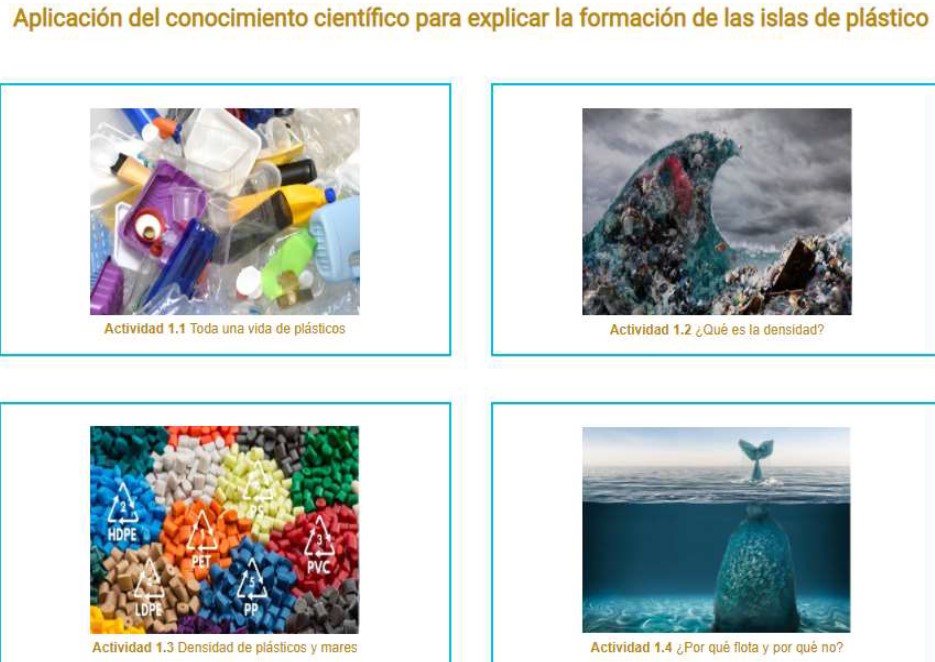Abstract
Have you ever imagined conducting laboratory-based experiments outside the school facilities? A challenge in the natural sciences has been reconciling the theoretical basis with their practical applications. That is why the purpose of this work is to present a didactic sequence that addresses the contamination of water bodies by plastics, based on four homemade experiments: density of liquids, calculation of a solid density, the principle of Archimedes, and ocean currents. The use of homemade materials and easy-to-use methodologies was contemplated to respond to environmental problems such as contamination of water bodies by plastics. This proposal was implemented in students in the 6th semester during the first half of 2021. As a result, students needed to be able to build arguments and counter-arguments, hypotheses, or questions. In conclusion, it was noted the improvement of science learning by supporting students with homemade experimental activities.
References
Colegio de Ciencias y Humanidades (2016). Programa de Estudio. Área de Ciencias Experimentales, química I y II. Escuela Nacional Colegio de Ciencias y Humanidades. Ciudad de México.
Enneking, K. M., Breitenstein, G. R., Coleman, A. F., Reeves, J. H., Wang, y., y Grove, N. P. (2019). The Evaluation of a Hybrid, General Chemistry Laboratory Curriculum: Impact on Students’ Cognitive, Affective, and Psychomotor Learning. Journal of Chemical Education, 96(6), 1058- 1067.
Escuela Nacional Preparatoria (2018). Programa de Estudio de Química IV, area 1. Escuela Nacional Preparatoria. Ciudad de México.
Parker, L. (2018). Lo hicimos. Dependemos de él. Nos ahogamos en él. Plástico. Revista National Geographic. Recuperado el 1 de abril de 2022 de https://reader.magzter.com/preview/5mfsujh7tn4odysegx6nyp2813 790/281379#page/1 .
UNESCO. (2007). Del aula a la agenda política. Incorporación de las TIC en el Proceso de Enseñanza Aprendizaje. UNESCO Biblioteca Dogital. Recuperado el 5 de abril de 2022 de: https://unesdoc.unesco.org/ ark:/48223/pf0000182434

This work is licensed under a Creative Commons Attribution-NonCommercial 4.0 International License.
Copyright (c) 2022 Universidad Nacional Autónoma de México

